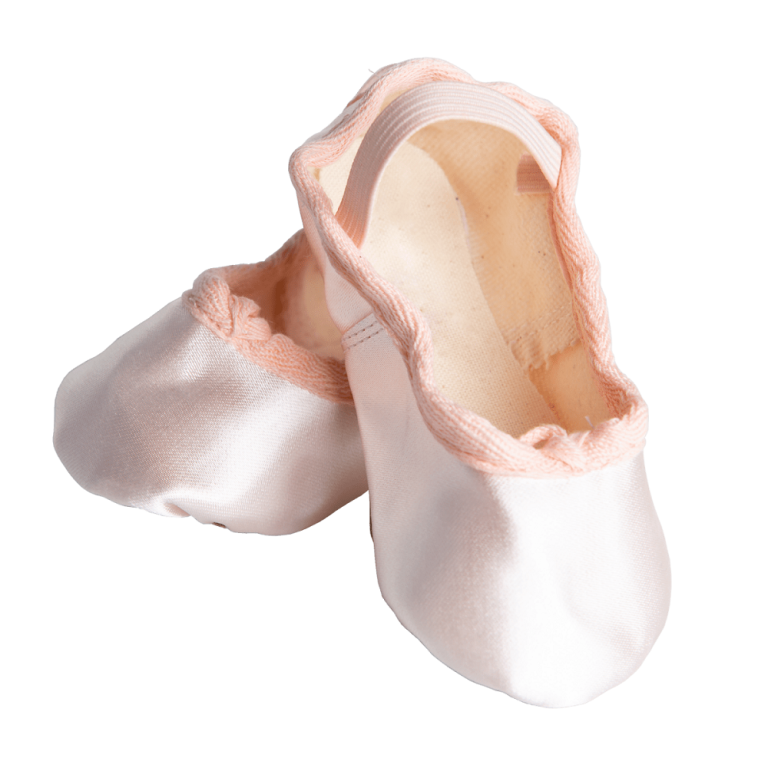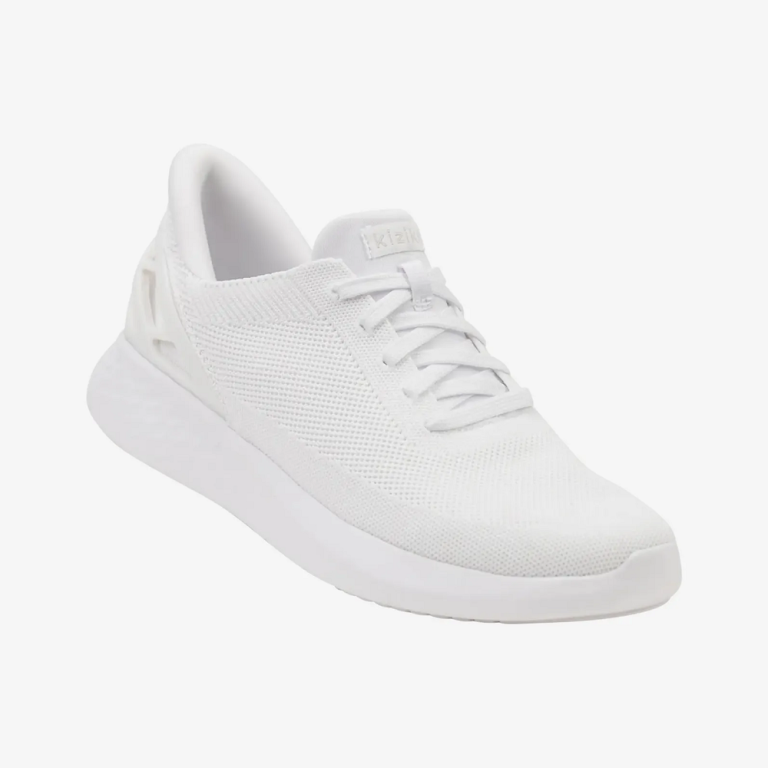
Sneaker Art Innovations: Pushing Boundaries
The Evolution of Sneaker Design
The journey of sneaker design has been dynamic and rich. It began with simple, functional footwear aimed at athletes. Over time, designs evolved to embrace comfort and style equally. Today, sneaker art represents both personal taste and cultural trends.
Sneaker designs in the 1980s saw bold colors and unique patterns. Brands like Nike and Adidas led the way with iconic models. These models became more than shoes; they were fashion statements.
In the 1990s, sneaker art gained momentum as hip-hop culture rose. Sneakers became a canvas for self-expression. Artists started experimenting with materials and colors.
The 2000s introduced collaborations between designers and artists. This brought fresh perspectives to sneaker art. Limited editions and rare releases fueled a growing collector market. Sneaker enthusiasts began to cherish unique designs as wearable art pieces.
Today, sneaker artistry is a blend of past influences and cutting-edge trends. Sustainability and technology shape new designs. Innovative materials and smart gadgets are now part of sneaker art. Designers use 3D printing and other tech to create custom sneakers.
Sneaker art is no longer just about looks; it’s about making a statement and pushing boundaries. It combines fashion, culture, and technology, creating a continuously evolving landscape.
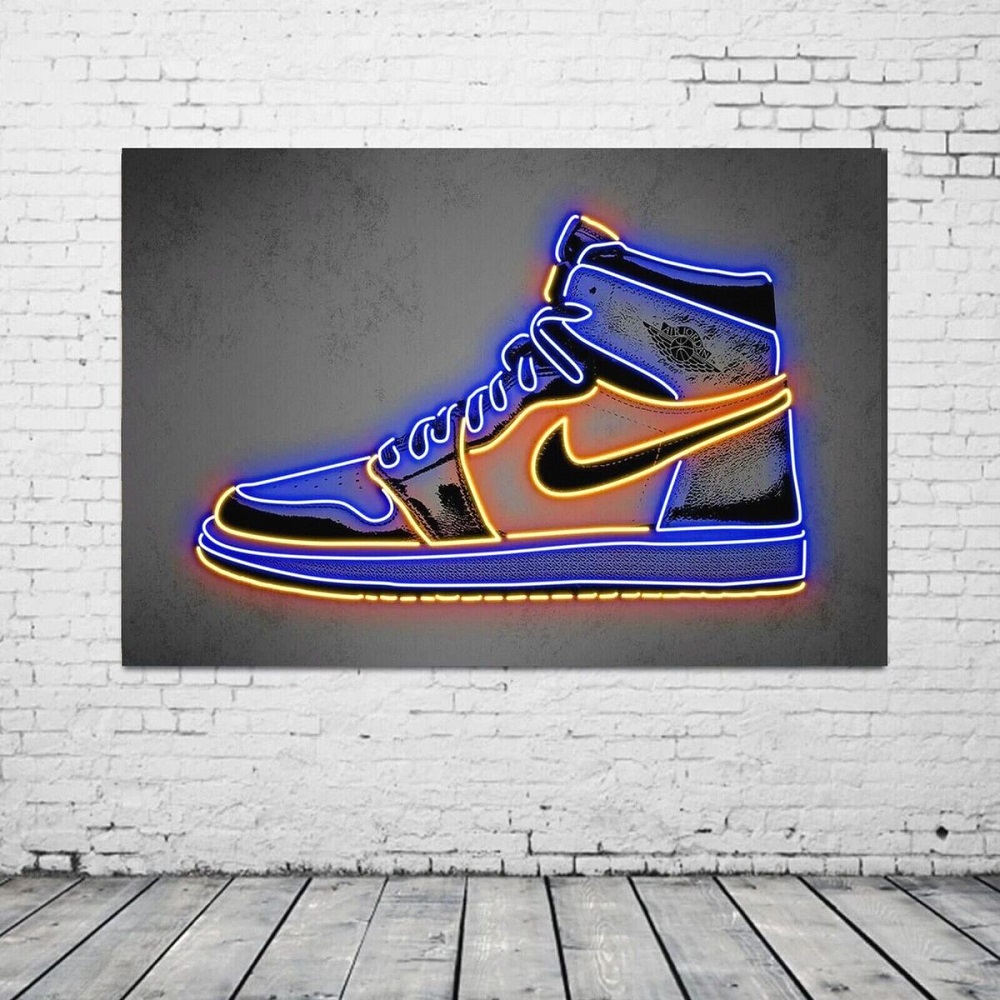
Prominent Artists and Designers
The world of sneaker art boasts many talented individuals. Their creations push the envelope and influence global styles. Here, we shine a light on some key artists and designers who have made their mark on this vibrant scene.
The Innovators: Futura, a New York-based graffiti artist, infused sneaker design with street art appeal. KAWS, another esteemed artist, brought his signature characters to life in sneaker collaborations.
Industry Leaders: Tinker Hatfield, a name synonymous with Nike, revolutionized sneaker aesthetics and functionality. His iconic Air Jordan designs still resonate today. Kanye West, with his Yeezy line, blurred the lines between high fashion and sneaker culture.
Independent Pioneers: Mache brings bespoke hand-painted designs to the forefront. His custom sneakers capture personal stories and passions. JBF Customs, known for using exotic materials, creates one-of-a-kind pieces that redefine luxury in sneaker art.
Rising Stars: Sierato, a young talent, is gaining recognition for blending pop culture and bright, bold visuals into his art. His sneakers are a hit with celebrities and collectors alike.
These artists and designers embody the spirit of sneaker art. Each brings a unique approach to the table. They use canvas kicks to express their creativity, often setting new trends in the process. Their work celebrates individuality and shapes the ever-evolving sneaker culture.
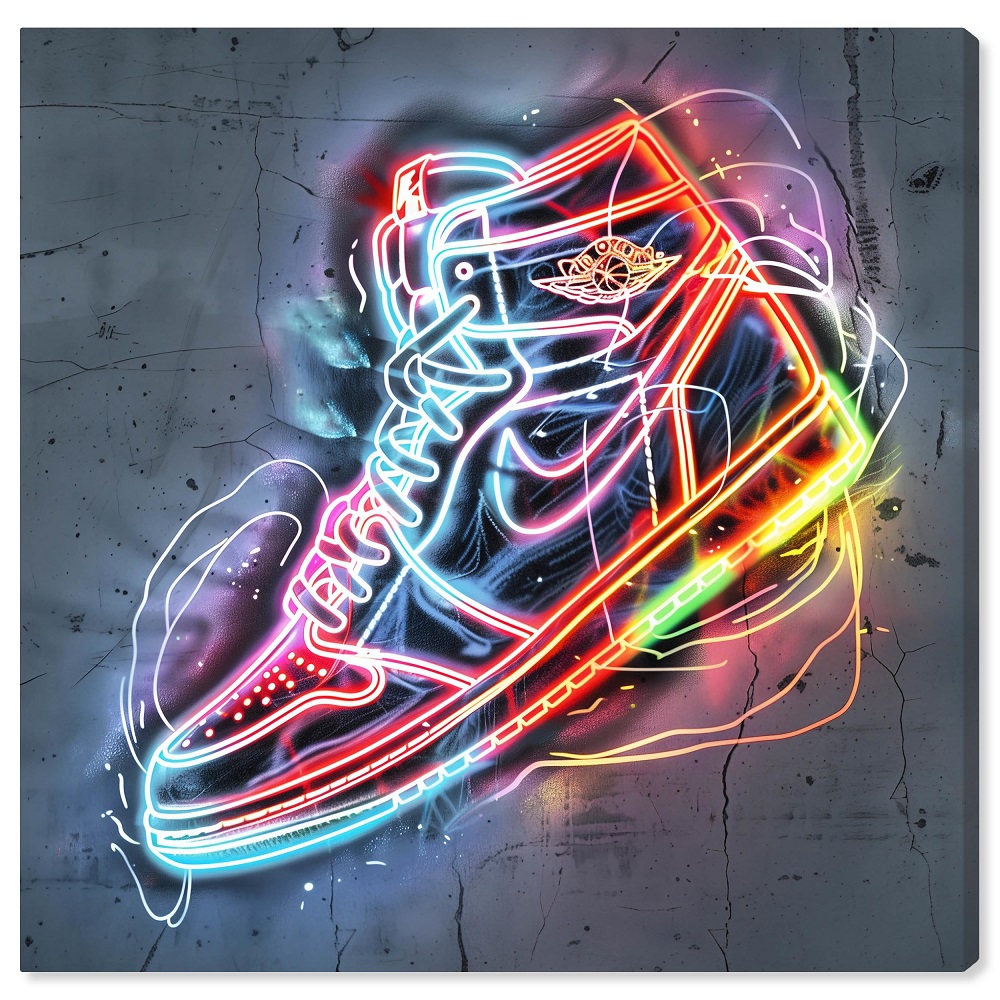
Techniques and Materials in Sneaker Artistry
Sneaker artistry is as much about technique as it is about creativity. Unique methods and materials define the identities of sneaker artists. Several key materials and techniques are prevalent in today’s sneaker art world.
Innovative Textiles: Sneaker artists use high-quality leathers, sustainable fabrics, and reflective materials. Each choice adds distinct texture or function to their work.
Custom Paints: Water-resistant acrylics allow for sharp, vibrant designs. They ensure artwork endures on footwear. Artists also use dyes for a blended, natural look.
Mixed Media: The use of unexpected items like metal, wood, or even LED lights makes designs stand out. Artists mix various media to create one-of-a-kind sneakers.
Embroidery and Stitching: Detailed stitching can bring an intricate touch to sneaker art. It adds depth and personalization to each pair.
3D Printing: Technological advancements like 3D printing have opened new doors. Artists now produce complex designs that were once impossible with this tool.
Laser Engraving: For precise patterns and customization, laser engraving is unparalleled. This technique allows for intricate details that stand the test of time.
Airbrushing: This method creates smooth gradients and subtle color shifts. Artists can blend hues seamlessly with airbrushing.
Each material and technique adds to the sneaker’s story. Sneaker artists combine these elements to express vision and craft wearable masterpieces.
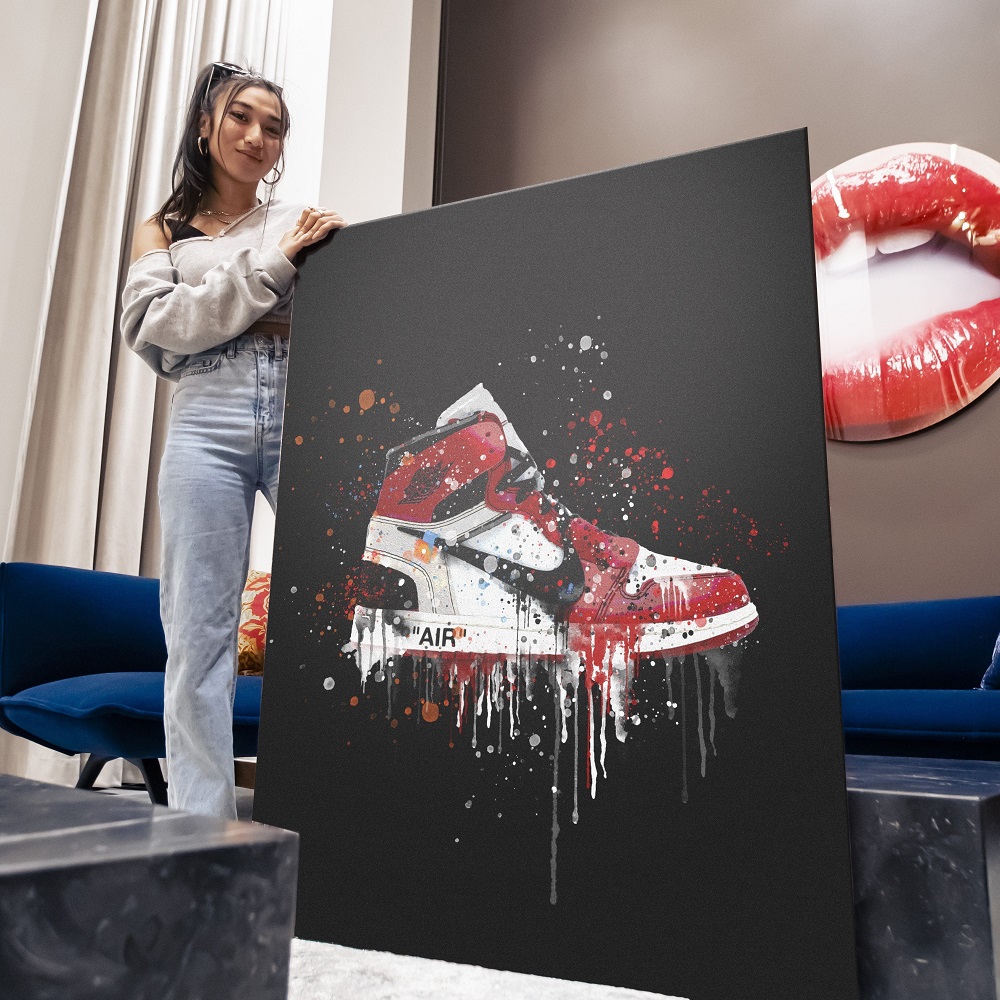
The Culture and Community of Sneaker
The culture of sneaker art goes beyond individual creators and spans a global community of enthusiasts. This community thrives on collaboration, sharing ideas, and celebrating each new design as a milestone in sneaker history.
Passion Projects Turn Mainstream: What started as passion projects for many sneaker artists has now captivated a massive audience. Social media platforms have amplified their reach, inspiring a new generation of artists and collectors.
Events and Meetups: Annual sneaker conventions and local meetups foster a sense of belonging among sneaker art fans. These events are where sneakerheads gather to showcase their collections, exchange tips, and witness live artistry.
Online Forums: Digital forums and discussion boards are hotspots for sneaker art discussions. Here, novices and experts alike share their latest finds, discuss customization techniques, and offer support.
Collaborative Spirit: The sneaker art community is as collaborative as it is competitive. Artists join forces for limited-edition releases and special collaborations, pushing the boundaries of what’s possible in sneaker design.
Supportive Networks: Support systems within the community help new artists find their footing. Established players often mentor rookies, which preserves the art form and encourages growth.
Cultural Significance: The community acknowledges the cultural significance of sneaker art. It often reflects social issues, political statements, and serves as a form of protest or solidarity.
In essence, the culture and community of sneaker art are integral to its evolution and survival. They provide a rich tapestry of interaction, innovation, and shared love for sneaker art that continues to thrive.
The Impact of Technology on Sneaker Customization
Technology has transformed sneaker customization, taking it to new heights. Advances in tech have allowed artists and designers to create with unprecedented precision and creativity. We’ll explore how technology impacts sneaker art in profound ways.
3D Printing: This innovation empowers artists to craft complex shapes and designs that were once unthinkable. It allows for rapid prototyping, producing multiple iterations with ease. Sneaker customizations now feature elements that fit perfectly and look futuristic.
Digital Design Software: Programs like Adobe Illustrator and Photoshop enable designers to visualize their ideas instantly. They can experiment with colors and patterns without wasting materials. This also speeds up the design process, allowing for faster turnaround.
Laser Cutting and Engraving: Precision cutting and engraving give sneakers a custom look with detailed, intricate patterns. This technology is especially popular for creating limited-edition sneakers with unique branding or artwork.
Smart Materials: The rise of smart textiles and color-changing materials has given sneaker artists more to play with. Sneakers can now change appearance with temperature, light, or even the wearer’s movements, offering a dynamic canvas.
Online Customization Platforms: Brands offer online tools to customize sneakers directly. Customers can select colors, patterns, and materials, leading to a more interactive and personal purchase experience.
Virtual and Augmented Reality: These technologies take customization to the virtual realm. Artists and customers can see how designs look on virtual models before they are made, reducing the gap between imagination and reality.
In summary, technology has not only expanded the toolkit of sneaker artists but also has democratized sneaker art. More people can participate in customization, thanks to these technological advances. This tech-driven shift is continuously evolving sneaker customization, making it an exciting time for sneaker art aficionados and the industry as a whole.
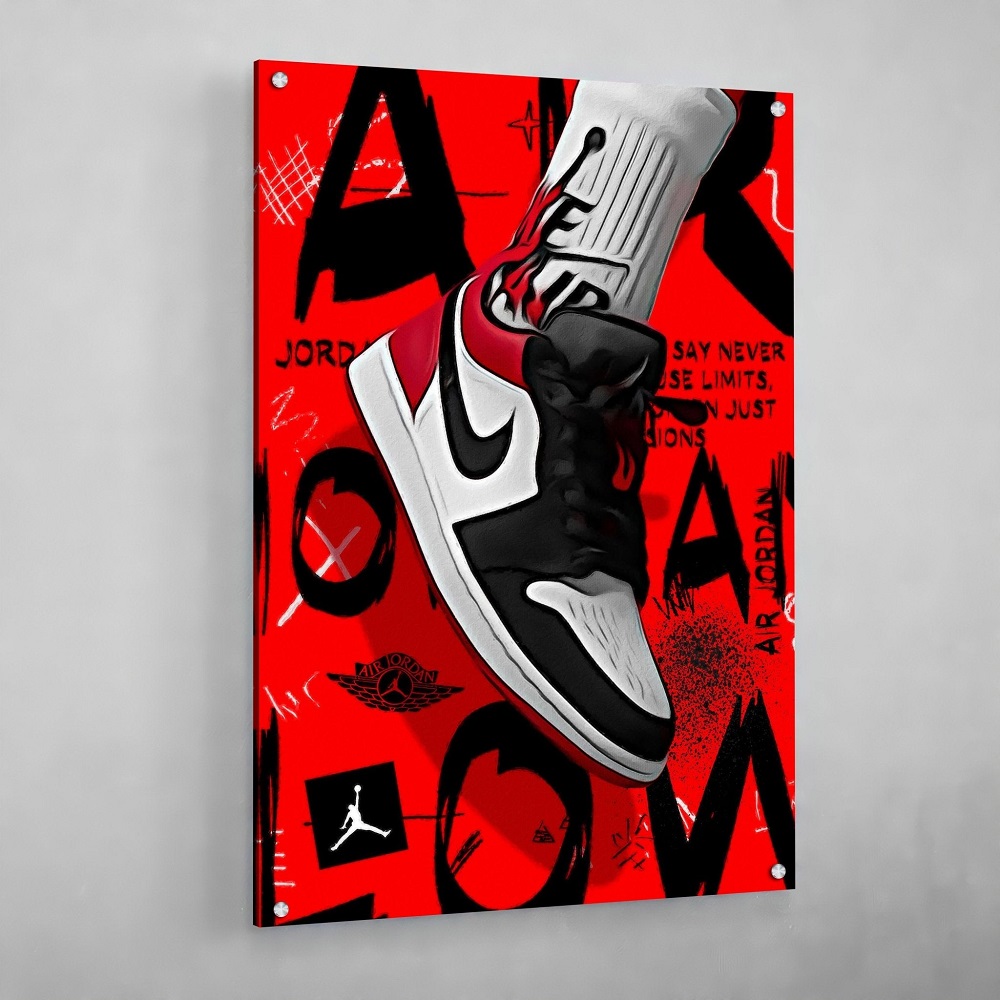
Sneaker Art as a Form of Personal Expression
Sneaker art is not just about footwear aesthetics; it’s a personal statement. Each sneaker tells a story, reflecting the artist’s vision or the wearer’s identity. Sneaker customization allows people to stand out, showcasing individual style and values.
Expression Through Color and Design: A choice of bold, vibrant colors can convey energy and passion. Subtle hues might express a calm, understated persona. Through design elements, individuals reveal their interests, from sports teams to favorite artists.
Customization as Identity: Wearing custom sneakers is a declaration of uniqueness. It’s a way to say, ‘This is who I am’ without speaking. One’s choice of customized sneakers can act as a visual signature.
Emotional Connection: Every pair of customized sneakers can evoke specific feelings or memories. They might commemorate an event, celebrate a milestone, or honor a loved one. Sneaker art becomes not just an accessory, but a cherished keepsake.
In a world where mass production is the norm, sneaker art carves out space for uniqueness. It allows wearers to move beyond trends and speak to their authentic selves. Sneaker art empowers personal expression in a way few other fashion items can.
The Business of Sneaker Art: From Hobby to Industry
Once a niche hobby, sneaker art has grown into a booming industry. Here’s how that shift occurred.
From Small Workshops to Global Markets: Early sneaker artists worked in small spaces, crafting by hand. Today, they reach global markets, with fans across the world buying their art.
The Role of Social Media: Platforms like Instagram and Twitter have been vital. Artists showcase their work, connect with followers, and secure sales, all online.
Brand Collaborations: Major sneaker brands now collaborate with artists. This brings unique designs to a wider audience and boosts the artists’ profiles.
Customization Services: Some artists offer bespoke services. They customize sneakers to individual tastes, making sneaker art a luxury service. Customers are willing to pay top dollar for personalization.
Expansion into Retail: Many sneaker artists have opened their own stores or online shops. Their brands become recognized names in the fashion and footwear industry.
Merchandising: Artists also sell merchandise beyond sneakers. They put their designs on clothing, accessories, and prints to diversify income.
Sneaker Art Festivals and Exhibitions: Events dedicated to sneaker art generate revenue. They also provide networking opportunities for artists and collectors.
The sneaker art business thrives on individuality and exclusivity. With demand high, artists and brands alike profit from the allure of custom, art-infused footwear.
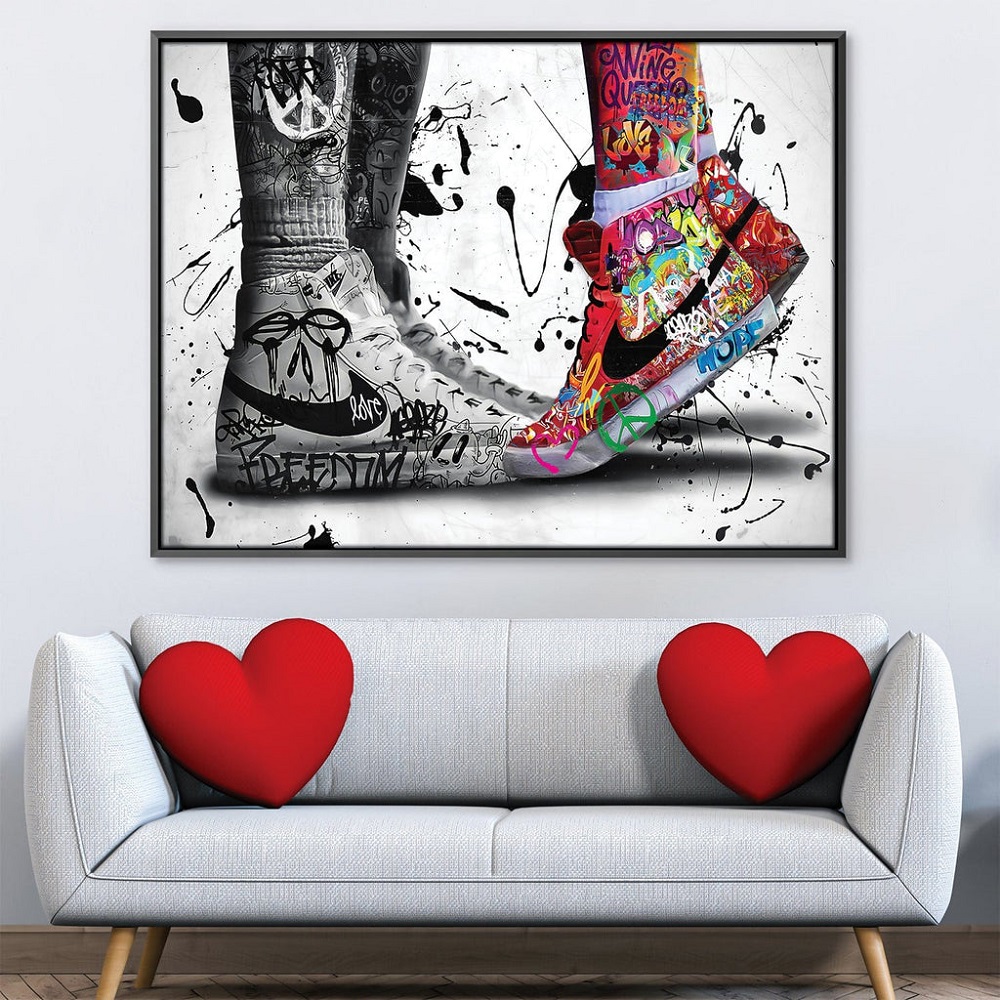
Legal Considerations and Intellectual Property in Sneaker Art
Navigating the world of sneaker art also involves legal aspects, particularly around intellectual property (IP). Artists and designers must be aware of these considerations to protect their work and respect the rights of others.
Copyright Laws: Sneaker art is a form of expression that is often protected under copyright law. Designs created by the artists are their intellectual property. Proper use of copyright can prevent unauthorized reproductions.
Trademark Issues: Logos and brand names used in sneaker art must respect existing trademarks. Infringement can lead to legal disputes. Artists often need permission to use trademarked elements in their creations.
Design Patents: Unique sneaker designs can be patented. A design patent safeguards the visual ornamental characteristics of the sneaker, ensuring original creations remain exclusive to the artist.
Licensing Agreements: When collaborating with brands, licensing agreements are crucial. They define how a design can be used and what compensation the artist receives. These agreements protect the rights of both parties.
Resale Rights: The sale of customized sneakers sometimes falls into a legal gray area. Artists can set their own policies for reselling their creations. However, buyer and seller must follow the law regarding branded goods.
Fakes and Replicas: The sneaker market is rife with counterfeits. It’s illegal to sell fake goods. Artists combat this by providing authenticity proofs for their art.
Understanding these legal principles is essential for anyone involved in sneaker art. It ensures the ongoing viability of sneaker art as both a passion and a profession, while fostering arespectful and lawful community.
The Future of Sneaker Art Innovations
Trends and Future Directions
As the sneaker art movement grows, new trends continue to emerge. Greater emphasis on sustainable practices, technological advancements, and community engagement will likely shape the future of sneaker design. Artists and brands will continue to explore the boundaries of creativity, forming collaborations that resonate with consumers.
The role of social media in shaping sneaker culture cannot be ignored. Platforms like Instagram and TikTok provide artists with avenues to showcase their work, build followers, and connect globally. Sneaker enthusiasts now have access to a wealth of inspiration and creative ideas at their fingertips, further fueling the desire for innovative designs.
Artistic Expression on a Global Scale
The future of sneaker art also hints at a more diverse and inclusive landscape. Artists from different cultural backgrounds will share their unique perspectives, contributing to a rich tapestry of designs that reflect a global community. This diversity will deepen the connection between art, culture, and sneaker wearers, leading to more meaningful expressions of identity through footwear.
As sneaker art continues to push boundaries, its significance will grow, redefining the art and fashion landscapes. Sneakers will remain a medium for self-expression and creativity, allowing individuals to connect with the art world in dynamic and innovative ways.
